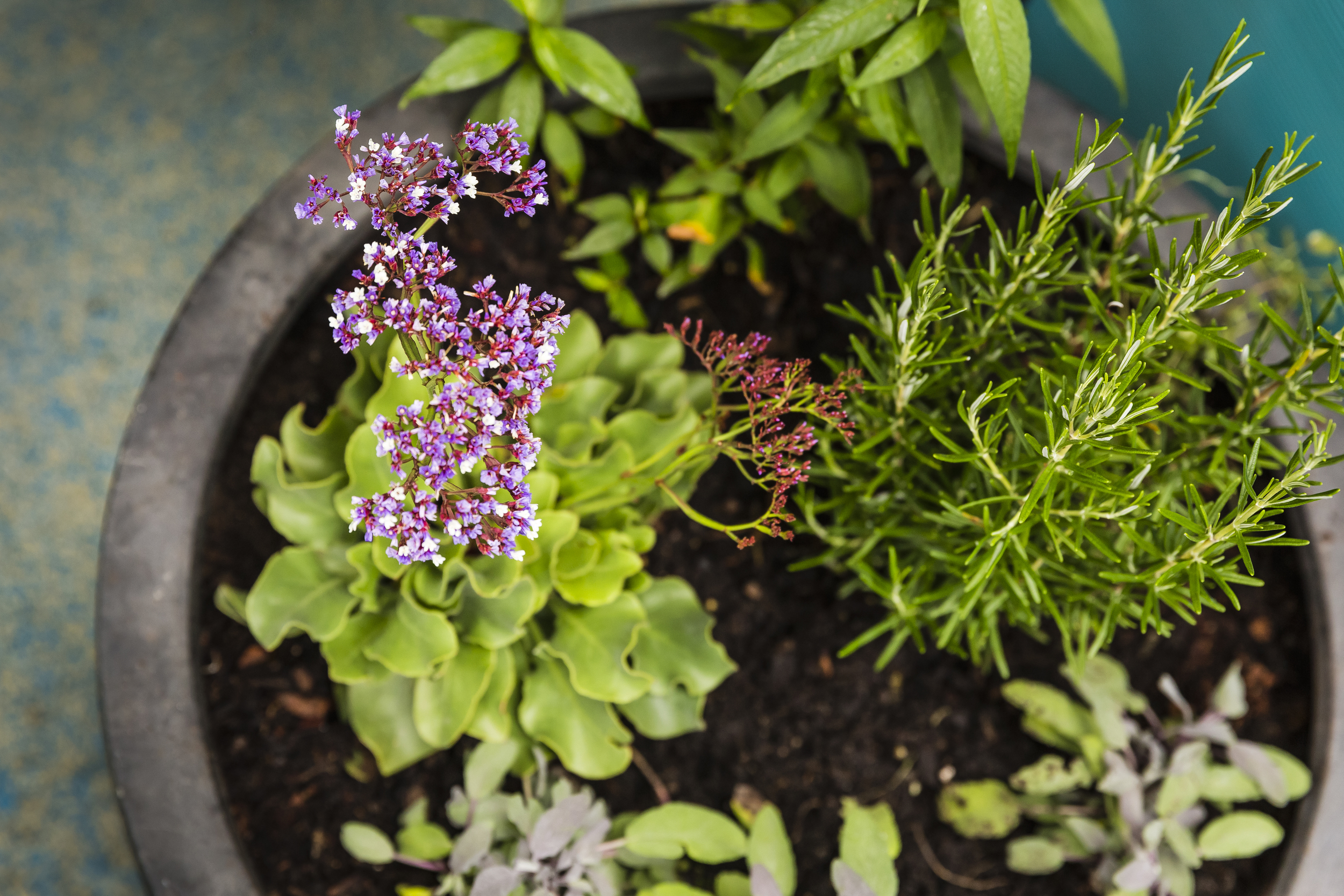Wonders of the natural world
Gardens have been well known for their medicinal properties throughout most of our history. In ancient times, plants were our first medicines and healers and so gardens were planted purely for these reasons - every living thing contributed something.
We were in tune and connected to our earth as each living plant contributed to our lives and we understood and respected the contribution: trees for fruit, building material, shelter and protection. The habitat of the animals, insects and birds.
Plants for food – cereals and fruit, herbs and tubers. Meat was a luxury and the plants provided the staple diet.
Medicines – plants were our (almost sole) medicines. Each plant has a known medicinal quality – some toxic, some aphrodisiac, antiseptic, antispasmodic – a hundred medicinal qualities made into balms, ointments, compresses, tinctures, teas to name a few.
Our relationship with plants was first one of reliance and respect. We understood the plants in our environments and knew their whole, full nature. The beauty of a flower was incidental to the role its full nature played.
Elements derived from plants and living organisms are still the major ingredients in most of our modern drugs – sometimes synthesized and sometimes still obtained from the actual plant. But, as milk appears on the supermarket shelf in a bottle and we forget the cow, and vegetables appear on the supermarket shelf in a plastic box and we forget that this is a living item which has most likely been grown in the open air in a field, we forget the analgesics we buy in the plastic and foil packet from the chemist is derived from a plant source - Papaver somiferum.
Still, indigenous communities around the world are connected to their living world of plants, understanding their critical value as food, shelter, medicines and in this sense, they still very much benefit from a rich connection to the living world and feel a part of the same energetic systems as their living environment.
We have reduced plants to only how they look, strange parallels to people as we have reduced people’s value to first and sometimes only their appearance. Yes, we value plants for their beauty and form, but they are far richer and more complex and can be understood and respected – and their contribution to our lives extended if we remind ourselves of their true nature.

